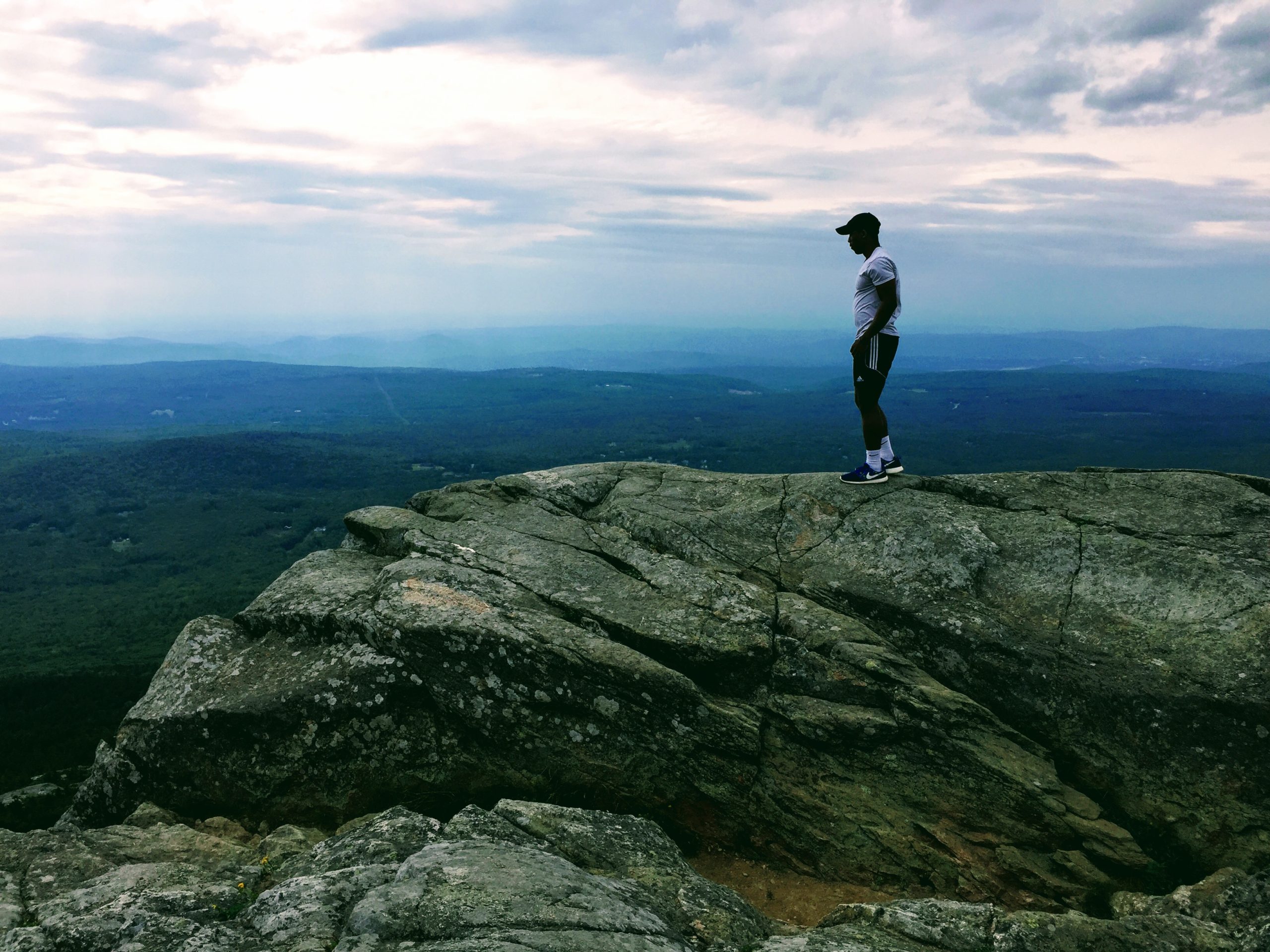“I Stand in Awe of my body.”
Henry David Thoreau
By Phil Sarpong
The human body is incredible. “Anatomy” is a word that comes from the Greek meaning “to cut apart.” (Rice University, 1.1). Anatomy is, in fact, the oldest scientific discipline of medicine, dating back to the 3rd Century B.C. (Körperwelten).
Human anatomy is simply the study of the body’s structures. When dissected, it serves an essential purpose in allowing scientists and physicians to visualize structures and ultimately locate and treat diseases.
Physiology is the close counter-part to anatomy. Since anatomy is about structure, physiology is about function. Human physiology is precisely the study of chemistry and physics within the human body. It explains the features of how human beings can breathe and live every day.
If anatomy is to structure, then physiology is to function. Also, if the body is to structure, then, in the same way, the spirit is to function. Anatomy and Physiology co-exist very closely. One is explaining the surface of what we see. The other is diving into the profound nature of what we don’t understand. It is also the same as the body and the spirit. They co-exist but serve different purposes. And while some may argue that the body is more important than the spirit or vice versa, you need both to be relevant on this earth.
As human beings, we are, in actuality, spiritual people in a human body. When our bodies die, the physical body becomes no more and disintegrates into ashes or back into dust. The spirit lives on. However, what is important to note is that once a spirit does not have a body, it must leave this physical earth. A spirit without a body no longer meets the requirements for physical life. A spirit without a body has crossed from being physical to now purely spiritual. This statement means that it has passed into a spiritual dimension and has left the physical dimension.
With this concept in mind, every spirit fulfills a purpose in the physical realm by using a physical body. That is why the idea of demons possessing human beings makes sense. Demons need a physical body to torment humans from what was originally a spiritual way to now a tangible way. That is also why God needed a physical vessel, the human form of Himself, to carry out His purpose of saving humanity by sacrificing Jesus (Himself) on the cross. This physical sacrifice led to its spiritual impact of saving humanity and reconciling His children, who choose to follow Him, back to Himself.
As human beings, we are distinctly unique when it comes to this fundamental law. We are at our core spirits but possess our human bodies. The spiritual realm, which we cannot see, rages war from spirit against the spirit. Our physical body cannot feel it, yet our spirit sometimes has a sense of what is going on.

This yin and yang, spirit vs. body, can cause an overwhelming amount of anxiety, frustration, depression, and hopelessness. These emotions often stem from physical and emotional trauma in our lives and can stem from spiritual impairment and injury in our spirits.
So what do we do? How do we take care of ourselves, our bodies, hearts, minds, and, ultimately, our souls? How do we live spiritually healthy lives in a physically weak body? Can repairing the spirit lead to healing of the body and vice versa? What do we focus on first, the spirit or the body?
Just as in anatomy, “to cut apart,” we will have to cut into the human body. We are going to have to cut apart what we see are lies and truth. We are going to have to dig deep into our hearts and delve deeper into our minds. Then finally, see what indeed lies inside our spirit. We will start looking at the spiritual anatomy of the body. Still, hopefully, at the end of this series, we will end at cutting into the spirit’s spiritual function.
I hope even at the end of this series. You will never stop cutting and always digging deeper into your mind and your heart. Hopefully, you will see what hides in the corners of your consciousness. Your physical body will not exceed this life, but your spirit will. Where it goes next is up to you, it’s up to the present state in which you call human life.
Sources
“The History of Anatomy – from the Beginnings to the 20th Century.” Körperwelten, bodyworlds.com/about/history-of-anatomy/.
OpenStax. Anatomy and Physiology, OpenStax, 6 Mar. 2013, opentextbc.ca/anatomyandphysiology/chapter/1-1-overview-of-anatomy-and-physiology-2/.
Books that inspired this blog
 https://amzn.to/2KPoIBB
https://amzn.to/2KPoIBB
